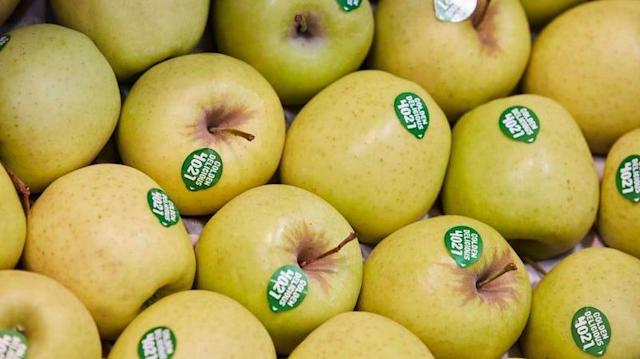Melvin Durai
Newspapers provide an invaluable service to their readers. If you don’t believe me, just consider this question that was recently sent to a wellness column in the New York Times: “I keep finding myself biting into an apple or a peach, only to find I’ve eaten half the sticker the store put on there. Is there any harm in eating produce stickers?”
New York Times writer Sophie Egan proceeded to answer the question: “While the stickers that get placed on fruits and vegetables won’t cause you any harm, it’s probably best to remove them
before eating.”
Yes, it’s always advisable to peel the stickers off before eating them. Don’t eat them while they’re still on the fruit. That would be like eating a banana peel while it’s still on a banana.
In my never-ending quest to win a Pulitzer Prize for Public Service, I decided to track down the person who wrote the sticker question and find out if there were other sticky questions I could answer. Indeed, there were.
If I eat a sticker, what food groups am I consuming?
You are generally consuming three food groups: ink, paper and adhesive.
Do the stickers have any
nutritional value?
Scientists have done tests on stickers and found them to have zero nutritional value, which makes them ideal for teen consumption. It’s not just teenagers who enjoy foods with no nutritional value, of course. It’s also rats. Rats will eat anything.
Can I buy the stickers without the fruits and vegetables?
No, stores generally require you to buy a fruit or vegetable with each sticker.
Can I lose weight by going on a sticker diet?
Yes, but it’s probably not a good idea to do so. It’s important to have a balanced diet, which means that you should get no more than 5 to 10 per cent of your daily calorie intake from stickers. Try to follow a stricter diet, not a sticker diet.
When did the practice of
putting stickers on fruits and
vegetables begin?
It began in the mid-1980s as a way to relieve the stress on cashiers at grocery stores, many of whom were struggling with fruit identification. For example, a cashier named Robert in Miami, Florida, got in big trouble with his manager when a customer bought a kiwifruit, but Robert charged him for a potato.
The sticker displays a PLU (product look up) code that is set by the International Federation for Produce Standards. For example, a banana’s PLU code is 4011, which explains why you might hear this exchange on a street corner in New York City:
“Hey man, got any 4011?”
“Sorry, all I have is 4036.”
“Peach?”
“No, nectarine.”
Has a sticker ever killed
anyone?
Well, a man in Chennai went shopping for a new iPhone and almost died from sticker shock. He collapsed in the store and had to be revived with a Nokia.
No, I meant from eating a sticker, not looking at a sticker.
There are no known cases of sticker poisoning or sticker illness. Health authorities in every country require that stickers to be safe for consumption. But it’s important to note that the Food Safety and Standards Authority of India (FSSAI) issued a guidance in 2018 stating that some traders in India use stickers to make their fruit look premium and sometimes to cover any decay or defect. A variety of adhesives are being used and some may contain harmful chemicals, according to the FSSAI.
Does that mean that I should not eat stickers in India?
It means that you should not consume stickers in India without washing them well. Put all the stickers in a strainer and run water through them. You may also scrub each of them to ensure that the adhesive is removed.







































